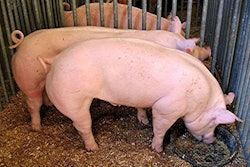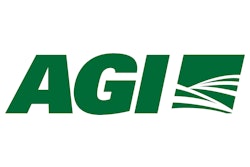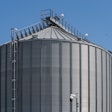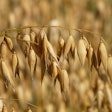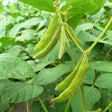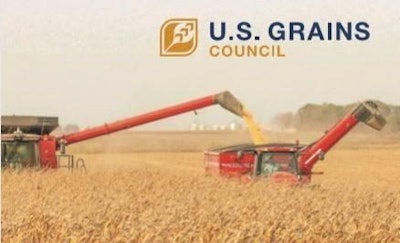
The 2020/2021 U.S. corn crop - entering marketing channels now - has a higher average test weight, lower moisture and lower total damage relative to each quality factor’s average of the previous five crops, according to the U.S. Grains Council’s (USGC’s)2020/2021 Corn Harvest Quality Report.
The report is the 10th annual such examination of the U.S. corn crop and was published globally on Monday.
While wet weather conditions in April and May contributed to historic delays in planting and crop maturity in 2019, the 2020 crop was planted slightly ahead of the average pace of the previous five crops and experienced generally favorable conditions during the remainder of the growing season, resulting in both high grain quality and yield.
The average aggregate quality of the representative samples tested was better than the grade factor requirements for U.S. No. 1 grade. The report also showed that 84.7 percent of the samples met the grade factor requirements for U.S. No. 1 grade and 94.5 percent met the grade factor requirements for U.S. No. 2.
“Through trade, USGC is committed to the furtherance of global food security and mutual economic benefit. We offer this report to assist buyers in making well-informed decisions by providing reliable and timely information about the quality of the current U.S. crop,” said USGC Chairman Jim Raben, a farmer from Illinois. “This year’s ample supply allows the United States to remain the world’s leading corn exporter and accounts for an estimated 36.4 percent of global corn exports during the marketing year.”
The report is based on 601 yellow corn samples taken from defined areas within 12 of the top corn-producing and exporting states. Inbound samples were collected from local grain elevators to measure and analyze quality at the point of origin and provide representative information about the variability of quality characteristics across diverse geographic regions.
今年的作物显示测试重量高于the 2019 and five-year average results; lower average broken corn and foreign material (BCFM) than in 2019; lower average total damage than 2019 and the five-year average; and lower average moisture content than 2019 or the five-year average. The crop also showed higher-than-average protein concentration than 2019 and the five-year average; lower average stress cracks than 2019; and lower average 100-kernel weight than 2019 or the five-year average.
More than 99 percent of the samples tested below the U.S. Food and Drug Administration (FDA) action level for aflatoxins. A full 100 percent of the samples tested below the 5.0 parts per million FDA advisory level for deoxynivalenol (DON) or vomitoxin. Of the samples tested for fumonisin, 98.9 percent tested below the FDA’s strictest guidance level of 5.0 parts per million.
The 2020/2021 U.S. corn crop is expected to be the third largest (368.49 million metric tons/14,507 million bushels) and has the third highest average yield on record (11.04 metric tons/hectare or 175.8 bushels per acre), according to the U.S. Department of Agriculture (USDA) World Agricultural Supply and Demand Estimate.
The2020/2021 Corn Harvest Quality Reportprovides information about the quality of the current U.S. crop at harvest as it enters international merchandising channels. A second Council report, the2020/2021 Corn Export Cargo Quality Report, will measure corn quality at the point of loading for export. It will be available in early 2021.
USGC will virtually present the new report's findings to buyers around the world in roll-out events starting on Dec. 11 in Southeast Asia. Presentations will continue through the first quarter of 2020, aiming to offer participants clear expectations regarding the quality of corn for this marketing year. During these events, crop quality information is accompanied by presentations on U.S. corn grading and handling, which helps provide a better understanding of how U.S. corn is moved and controlled through export channels.
Additional roll-out events are scheduled in January in Latin America, South Asia, the Middle East, Africa, Northeast Asia and Mexico.
Read the full2020/2021 USGC Corn Harvest Quality Reporthereand look for more information on the rollout events in 2021 in future USGC publications.







